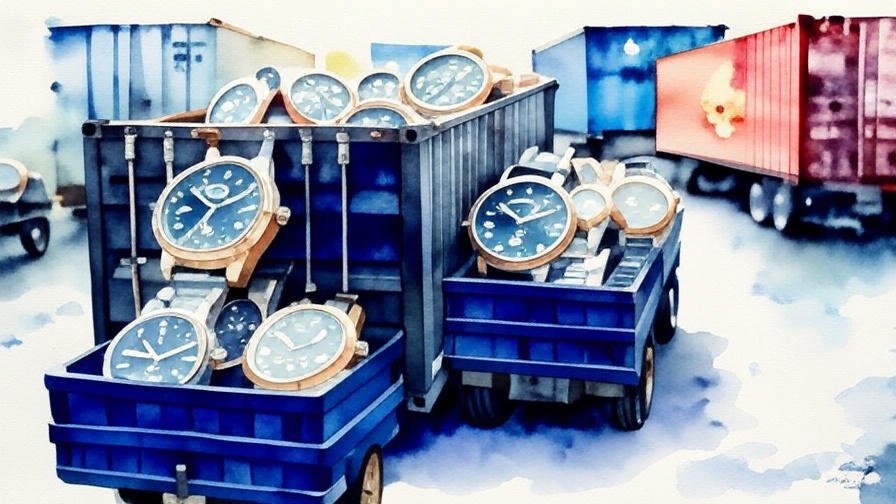Swiss watches have long stood for precision, heritage and artistry. They are prized objects that represent far more than timekeeping. Yet in today’s political climate they have also become a measure of how international trade bends under pressure, and not always in ways that deserve admiration.
Industry figures show that global exports have shifted markedly in the past decade. In 2018 Switzerland sent more than 23 million watches abroad, worth just under 20 billion francs. By 2024 shipments had fallen to about 15 million, yet the value had risen close to 25 billion francs. The meaning is clear. Fewer watches leave Switzerland, but they are sold at ever higher average prices. The watch trade has tilted sharply toward the high end.
The story changes sharply when we look at Russia. As recently as 2021, Russia was a significant buyer, worth more than 250 million francs in Swiss exports. That link was cut in March 2022 after Russia launched its full-scale invasion of Ukraine. Switzerland joined the European Union in imposing sanctions designed to weaken Moscow’s ability to fund its war. Among those measures was a ban on exports of luxury goods worth more than 300 francs, which included most Swiss watches.
Official shipments to Russia collapsed almost overnight. By 2024 the Russian market had dwindled to less than 2 million francs. In 2025 only a few thousand units appear in the export tables.
A question arises. If the ban is clear, why do any exports appear at all? Some of the explanation is innocent enough. Spare parts, lower value pieces and service related goods are not covered by the sanctions. These still appear in customs statistics. But the bigger concern is what does not appear in the Swiss data.
Since sanctions were imposed, Russian buyers have turned to neighbors. The government in Moscow legalized parallel imports, which allow goods to enter the country without the consent of brand owners. At the same time, members of the Eurasian Economic Union such as Armenia and Kazakhstan, which share an open customs border with Russia, reported rising imports of Swiss watches. Kazakhstan imported more than 46,000 units in 2024, compared with 37,000 in 2021. Armenia saw its numbers climb too. These increases are unlikely to reflect a sudden boom in local demand. Analysts point instead to redirection. Watches that arrive legally in Yerevan or Almaty can then be moved into Russia, quietly and without the control of their makers.
This so-called gray trade is not something to admire. It erodes the integrity of the sanctions regime and undermines the position of watch brands that have chosen to comply. For Switzerland, which prides itself on respect for international rules, the existence of these detours is troubling. It suggests that while official statistics tell one story, the reality on the ground is more complicated, and not always consistent with the spirit of the law.
For the global watch industry the lesson is sobering. Prestige objects remain attractive even in restricted markets, but when they slip into unofficial channels the risks multiply. Brands lose oversight of distribution, customers lose access to guarantees and after-sales care, and the wider public sees cracks in a system meant to uphold international standards.
Watches may still travel into Russia, but they do so in ways that weaken both the industry and the rule of law. The task ahead for policymakers and watchmakers alike is to close the gaps rather than accept them. Luxury, after all, should not shine in the shadows.

Leave a Reply